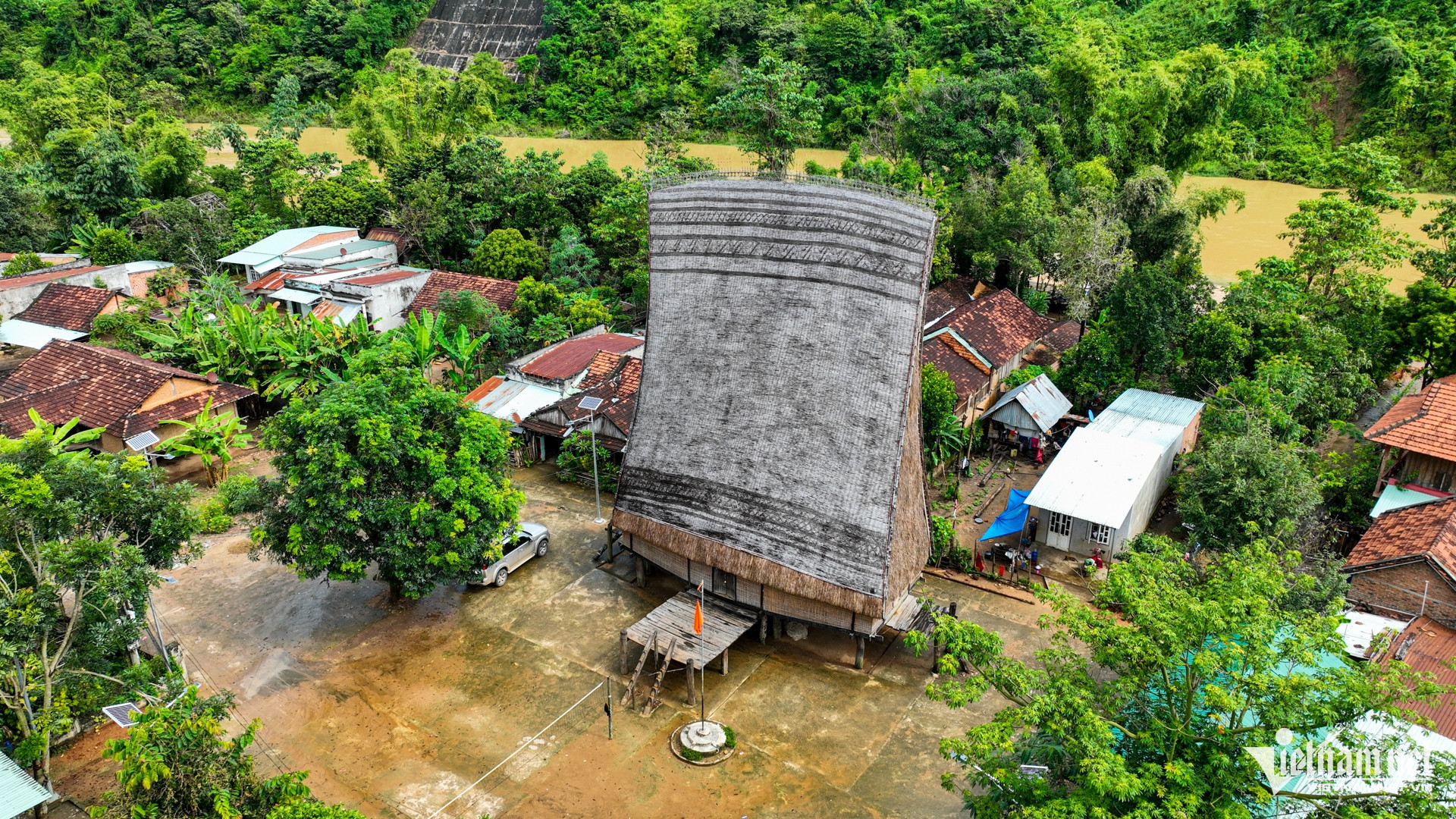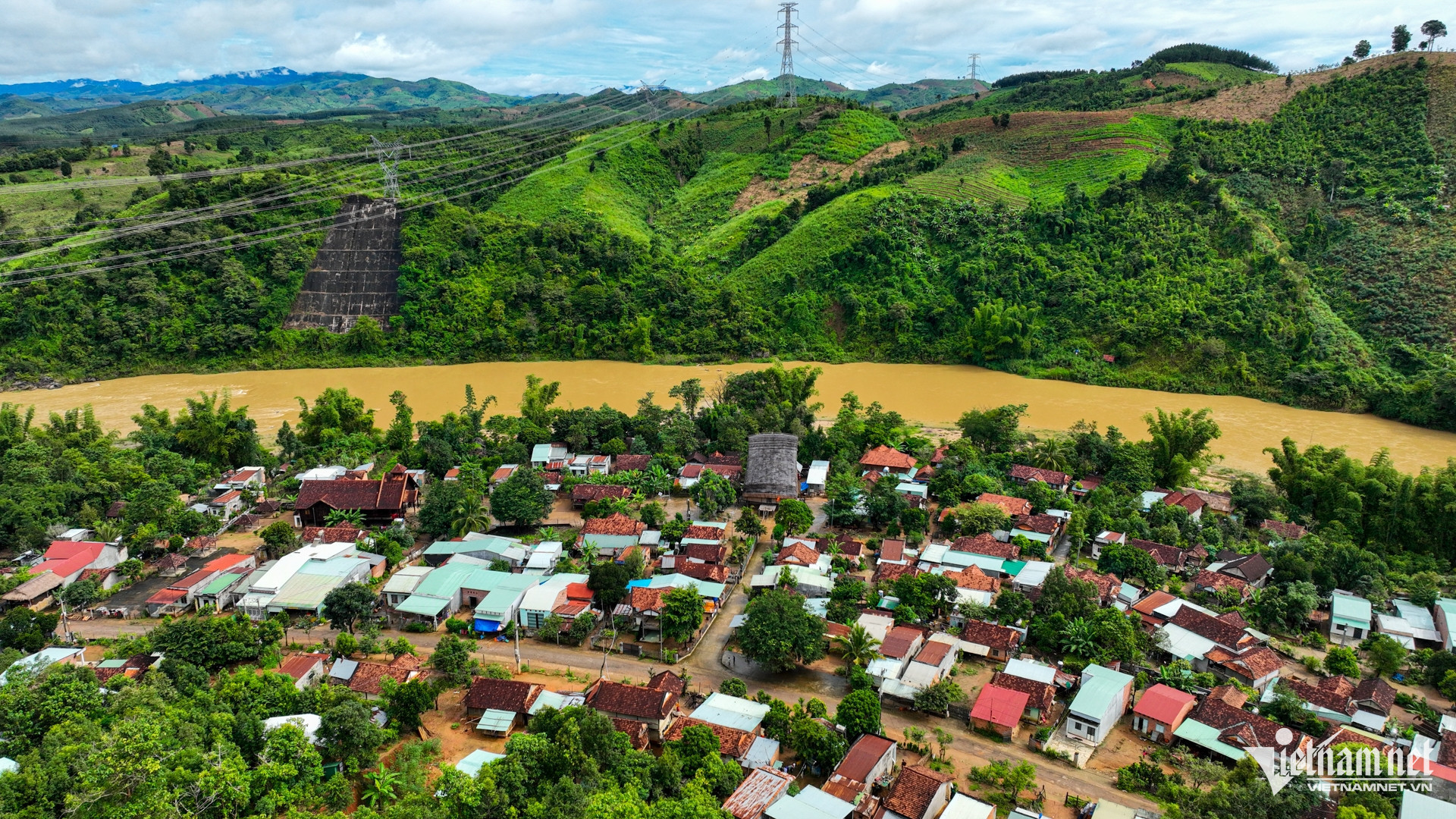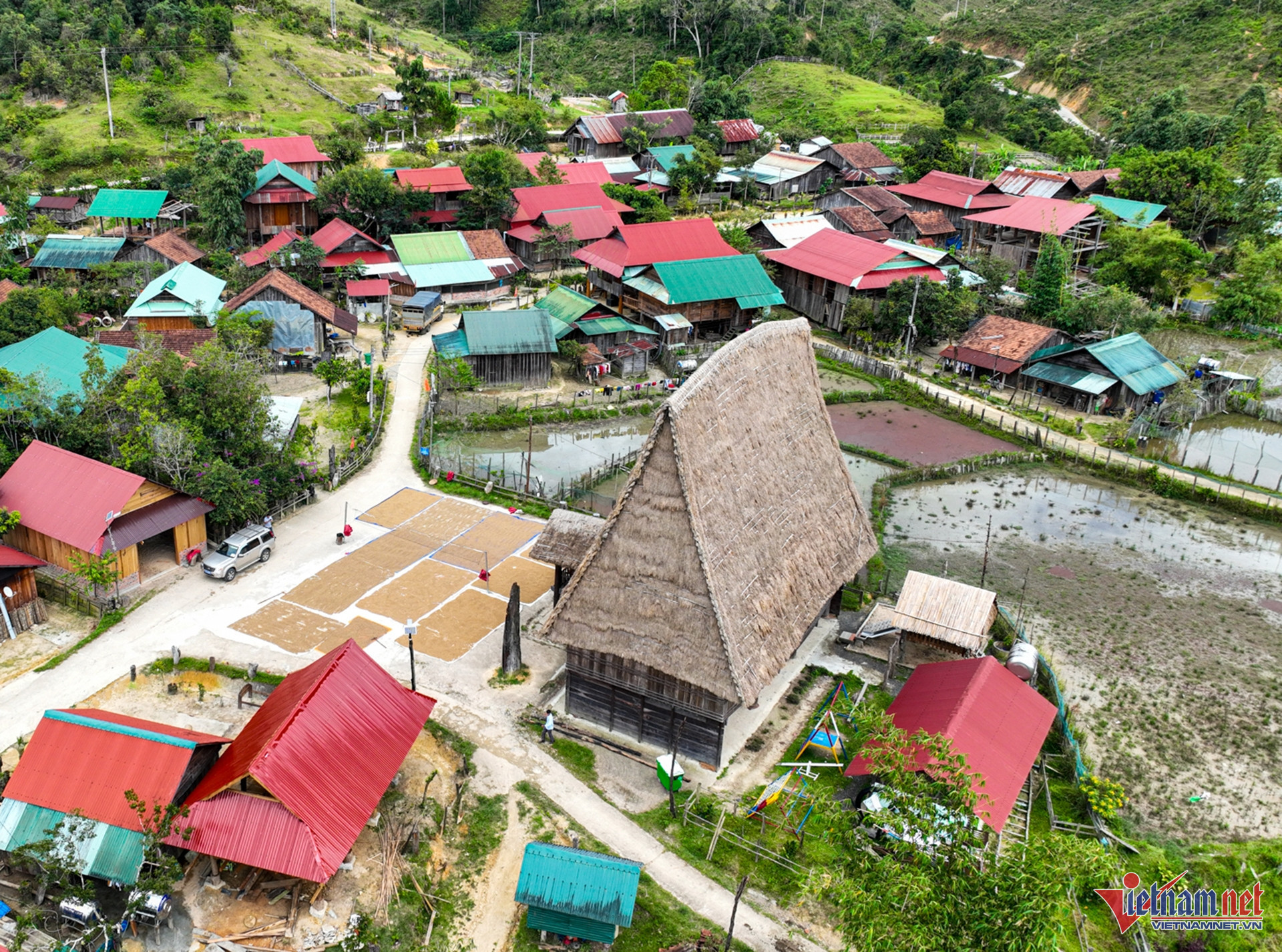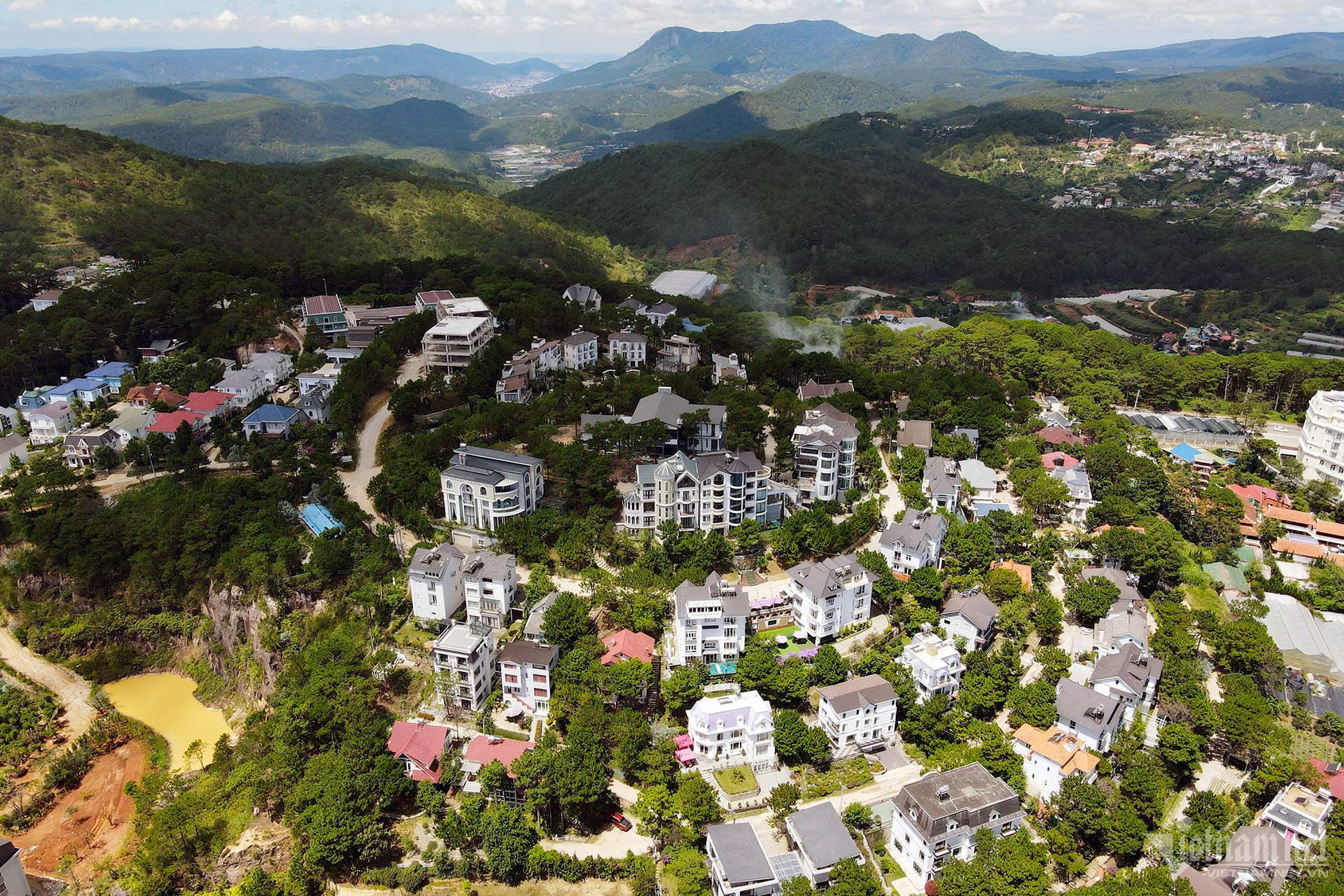
According to the government’s new administrative reorganization plan, effective no later than September 15, all newly merged provincial-level units will be operational.
This initiative aims not only to redraw borders but also to restructure economic spaces, decentralize governance, and optimize the distribution of economic resources.
Under the plan, five Central Highlands provinces - Kon Tum, Gia Lai, Dak Lak, Dak Nong, and Lam Dong - will merge with adjacent coastal provinces, resulting in four newly formed provinces, all with coastal access:
Kon Tum merges with Quang Ngai, retaining the name Quang Ngai
Gia Lai merges with Binh Dinh, retaining the name Gia Lai
Dak Nong and Lam Dong merge with Binh Thuan, taking the name Lam Dong
Dak Lak merges with Phu Yen, retaining the name Dak Lak
This strategic reshaping integrates inland and coastal economies, enhancing synergy between agriculture, industry, logistics, and tourism while promoting rapid and sustainable development.
Economic potential of the new provinces
1. Quang Ngai (Kon Tum + Quang Ngai)

The merger blends Kon Tum’s strengths in forestry, mining (bauxite, gold), and small-scale hydropower with Quang Ngai’s extensive coastline and strong industrial base, including the Dung Quat Port and refinery.
Kon Tum, previously without an airport or seaport, will now access the sea through Dung Quat, dramatically improving logistics for its agricultural and mineral exports.
The combination of Quang Ngai’s heavy industries (petrochemicals, steel) with Kon Tum’s agro-forestry resources creates a diverse economic structure with strong inter-regional growth potential.
2. Gia Lai (Gia Lai + Binh Dinh)
 |
 |
Gia Lai is a hub for rubber, coffee, pepper, and renewable energy, while Binh Dinh boasts a growing marine economy and tourism sector.
The merger offers Gia Lai direct access to Quy Nhon Port, one of Vietnam’s major deep-water ports, slashing transport costs and expanding agricultural value chains.
The Nhon Hoi Economic Zone and the coastal city of Quy Nhon, when combined with the Central Highlands center of Pleiku, will create a powerful development corridor. The fusion of coastal and eco-cultural tourism will give the new province a unique competitive edge.
3. Lam Dong (Dak Nong + Lam Dong + Binh Thuan)

This new province will feature one of Vietnam’s most geographically diverse territories - from Da Lat’s cool highlands to Binh Thuan’s sunny beaches and Dak Nong’s mineral-rich lands.
The area will harness high-tech agriculture (Da Lat), mining (Dak Nong), renewable energy, and coastal tourism (Phan Thiet, Mui Ne).
The merger boosts access to the Vinh Tan Port, offering export pathways never before available to the Highlands.
The province will emerge as a comprehensive economic zone with potential in solar, wind energy, and upscale tourism.
4. Dak Lak (Dak Lak + Phu Yen)

Vietnam’s coffee capital, Dak Lak, boasts Buon Ma Thuot International Airport and abundant water resources. Phu Yen adds pristine beaches, developing infrastructure, highways, ports, and Tuy Hoa Airport to the mix.
The merger establishes a gateway from the Central Highlands to the East Sea through Vung Ro Port, enhancing trade, logistics, and agricultural exports.
The diverse landscape makes it a promising tourism hub, combining coastal attractions with cultural and eco-tourism. Additionally, the province will gain momentum in food processing and export-oriented industries.
After the merger, all Central Highlands provinces will have maritime access - ending their "landlocked" logistics challenges. This will pave the way for new economic opportunities, linking coastal industries with high-tech agriculture, processing industries, and renewable energy.
The new provinces will not only expand in size and population but also emerge as dynamic, integrated growth centers with regional and national significance.
Nguyen Thao